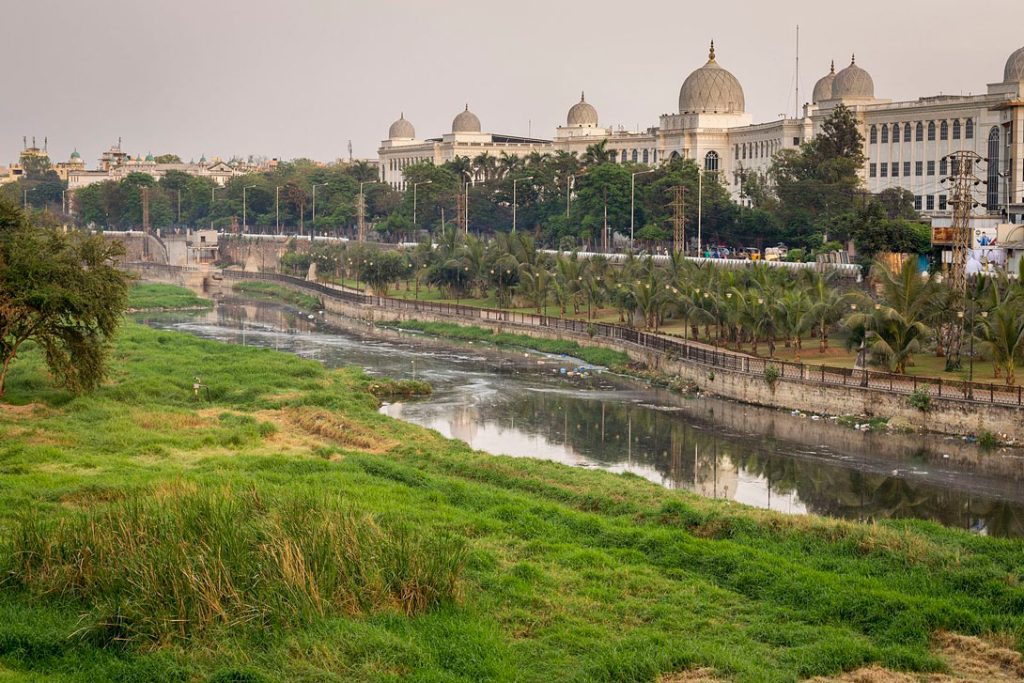Governor Jishnu Dev Varma has given his assent to an ordinance strengthening the Hyderabad Disaster Response and Assets Monitoring and Protection Agency (HYDRA). The ordinance, effective immediately, allows HYDRA to deal with encroachments on government lands, primarily around water bodies within the Greater Hyderabad Municipal Corporation (GHMC) and areas up to the Outer Ring Road.

What’s in the ordinance, and why was it required?
The ordinance introduces Section 374B to the Greater Hyderabad Municipal Corporation Act, 1955, empowering HYDRA with comprehensive statutory powers.
Previously, these powers were dispersed among various governmental departments, leading to inefficiencies in enforcement. Now, HYDRA is vested with the authority to inspect, issue notices, and enforce the removal of encroachments and illegal constructions, particularly in the Full Tank Levels (FTL) and buffer zones of lakes and nalas.
Governor Jishnu Dev Varma’s approval comes after a thorough review, addressing concerns raised by opposition parties and civil society about HYDRA’s legal standing. The ordinance clarifies HYDRA’s jurisdictional powers and streamlines the asset protection process.
The agency can now act more decisively, drawing powers from multiple acts, including the Telangana Municipal Act, 2019, and the Hyderabad Metropolitan Development Authority (HMDA) Act, 2008.
‘The ordinance represents a proactive step towards safeguarding our natural resources and public spaces,’ said Chief Minister Revanth Reddy.
This legislative move by Telangana is seen as part of a broader urban governance strategy, reflecting a growing awareness of the need for robust legal frameworks to manage urban sprawl while preserving ecological integrity. The state government plans to introduce a comprehensive bill on HYDRA in the upcoming assembly session, further codifying these changes into law.